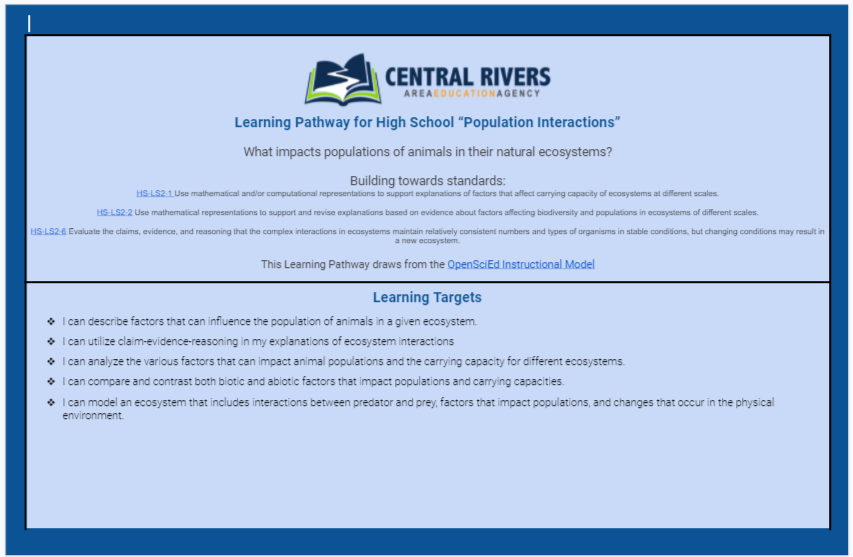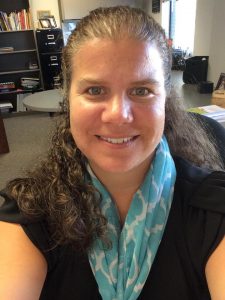Old dog, new tricks: creating a learning pathway
We’ve all heard the saying, “You can’t teach an old dog new tricks.” However, as a dog owner (I have 5), I have come to  realize that this is absolutely not true. While we might not often teach our older dogs new tricks, age frequently brings about the necessity to adapt to new situations. I once had an old dog that went both deaf and blind – and she adapted beautifully. She knew exactly where her food and water dishes were, she successfully avoided where she knew furniture was at, she knew where the door was to ask to go outside, she learned to “come” when we stomped on the floor to get her attention and she was just as happy as always.
realize that this is absolutely not true. While we might not often teach our older dogs new tricks, age frequently brings about the necessity to adapt to new situations. I once had an old dog that went both deaf and blind – and she adapted beautifully. She knew exactly where her food and water dishes were, she successfully avoided where she knew furniture was at, she knew where the door was to ask to go outside, she learned to “come” when we stomped on the floor to get her attention and she was just as happy as always.
When I think about my dog, it reminds me a bit of our current situation. She had to adapt because of changing circumstances; she had to learn to do things differently than what she was accustomed to. But, these different behaviors were equally as effective as her prior ones. As many move into remote, virtual, or hybrid learning, we are the “old dogs” learning “new tricks” as we adapt to the situation. These “new tricks” can be equally, and oftentimes more effective than our traditional practices.
As a consultant, I wanted to try my hand at a “new trick” that could be utilized regardless of whether or not students were face to face or remote. I knew that I wanted to employ a strategy that encouraged student agency as well as student choice in the learning and so I began to work on creating a Learning Pathway. This is absolutely a “new trick” for this “old dog” but below are the steps I went through:
- Bundle standards around a central concept or theme – I considered which standards I wanted my Learning Pathway to build towards.
- Determine learning targets – I used the NGSS evidence statements to help with this!
- Select a phenomenon – chose one that will engage the learner and prompt driving questions.
- Utilize an instructional model that supports NGSS (such as OpenSciEd’s instructional model)
- Find resources to provide learning in a variety of formats.
- Determine an application of learning that allows for the transfer of knowledge.
 Feel free to check out my newly-created learning pathway for High School “Ecosystem Interactions.” I am certainly not sharing this with you as an exemplar at this point – this is my first attempt at such a pathway. I am sharing this with you to demonstrate vulnerability and provide an example of how you might want to consider creating a learning pathway of your own. It doesn’t need to be perfect – just like with our students, we recognize the importance of the attempts as we learn.
Feel free to check out my newly-created learning pathway for High School “Ecosystem Interactions.” I am certainly not sharing this with you as an exemplar at this point – this is my first attempt at such a pathway. I am sharing this with you to demonstrate vulnerability and provide an example of how you might want to consider creating a learning pathway of your own. It doesn’t need to be perfect – just like with our students, we recognize the importance of the attempts as we learn.
Can we help you get started? Please reach out to science consultants Mandie Sanderman or Chelsie Byram.
Reach out to the author:
 Mandie Sanderman
Mandie Sanderman
Consultant for Science and Gifted/Talented
